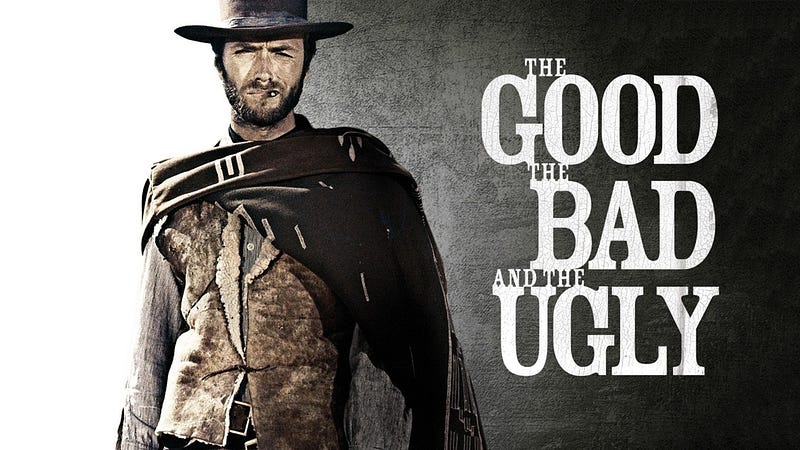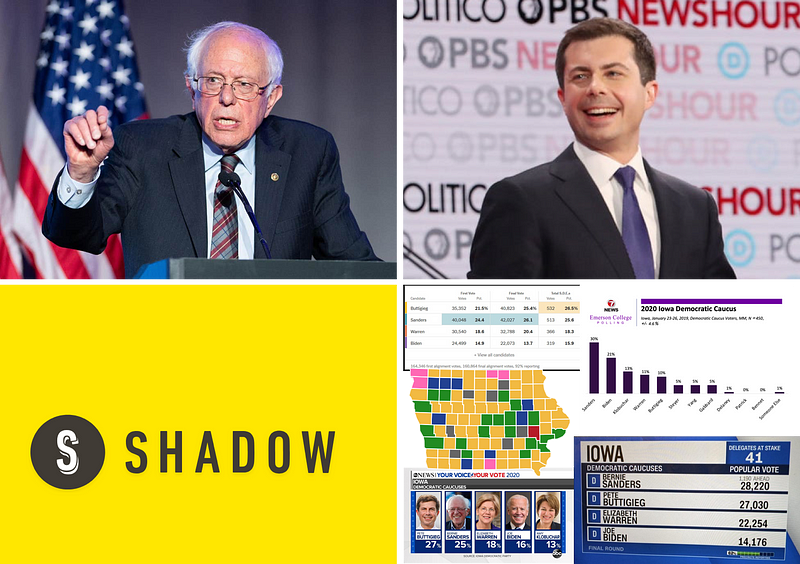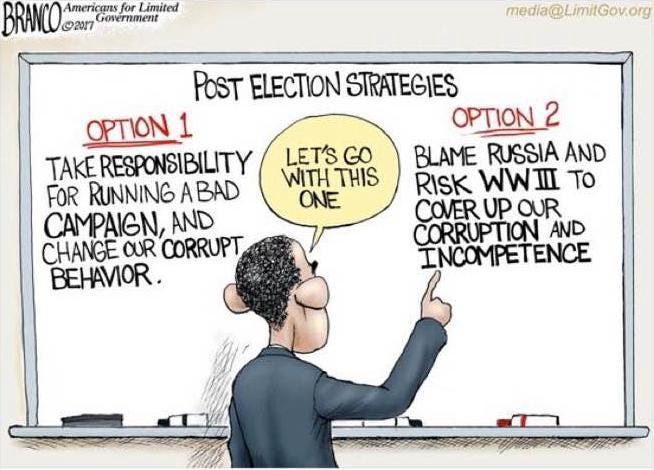A Month of Coronavirus: The Good, the Bad, and the Ugly
11 2020

It’s overwhelming, isn’t it, this sudden change in American life? It’s been a month now, and it’s utterly thrown me off balance. I’ve been unable to put my thoughts together, and when I’ve tried to write I’ve often found my ideas out of date by the next day.
But as the number of cases in the United States has swelled to somewhere around 0.1% of the population, approximately the remaining 99.9% of us are suffering from hypochondria, fear, and panic about our health, our job security, or our family. This is partly because the corporate media has been on full-scale freak-out mode for the entire month, and while it is important to be informed, it isn’t healthy to be in the constant state of anxiety and fear the mainstream media channels apparently cannot resist instilling in us. So today I’m finally writing, from the perspective of the 99.9%.
There’s actually some very good news to discuss, as well as some bad news to more thoroughly understand, and there’s some other news, some troubling developments I’m calling “ugly.”
So here’s what I’m calling the Good, the Bad, and the Ugly about this whole pandemic, trying to put the good news and the bad news into perspective. Think of it as a summary of where we are today in this bizarre and hopefully short chapter in American history.
THE GOOD
Well, to start off, some really good news about this virus has emerged recently, if there can ever be “good news” about a virus. I’ve been tracking several streams of data for weeks, from a variety of sources, including raw numbers, projections about new cases and deaths, and news about transmission, treatments, and cures. All of it took a turn for the better this week.
Be the first to comment >
Posted in Covid Pandemic | Politics
by Tony Brasunas on April 11, 2020









Connect & Share